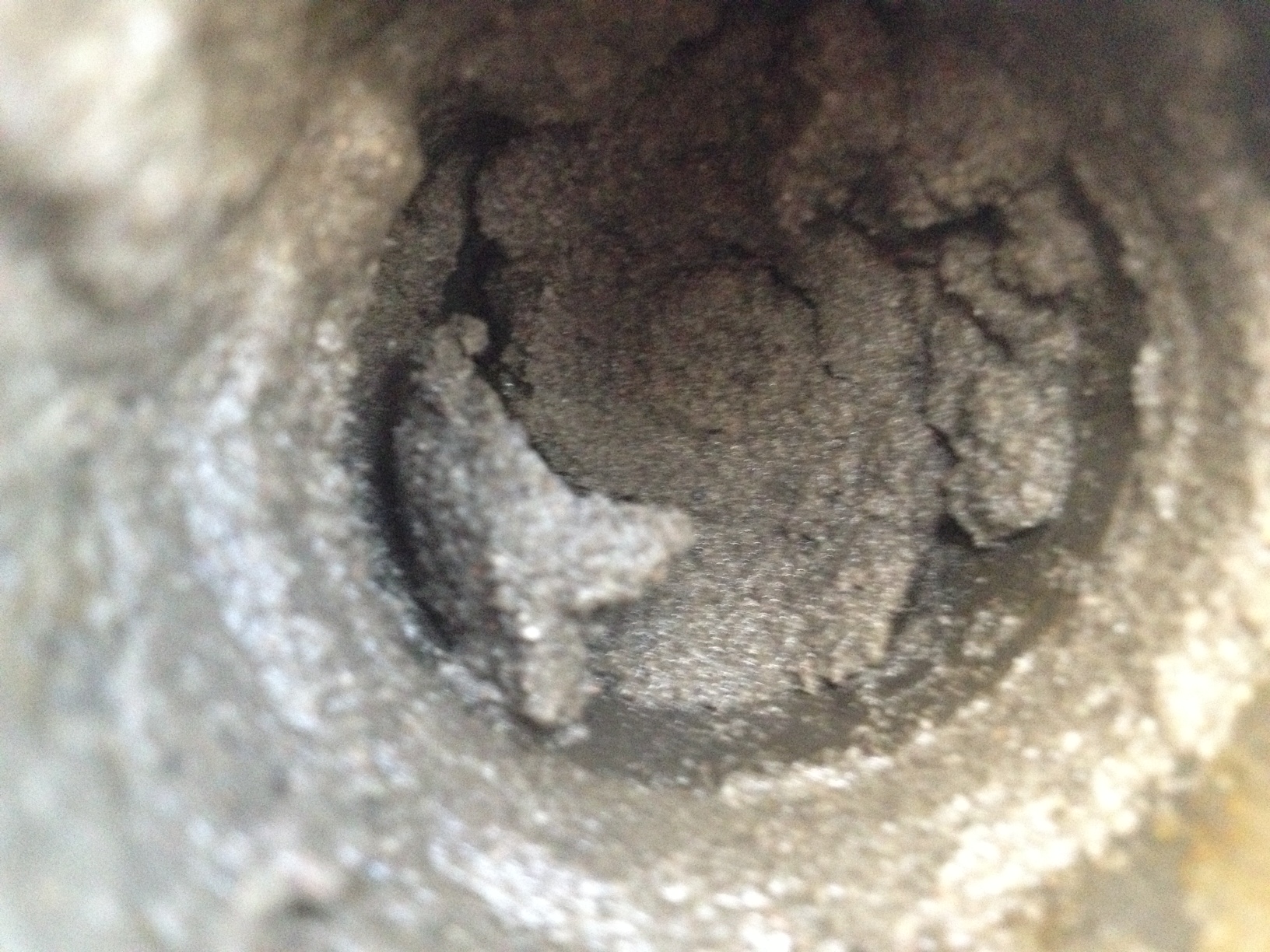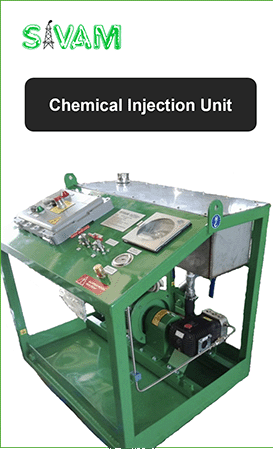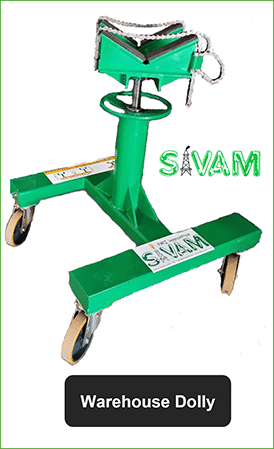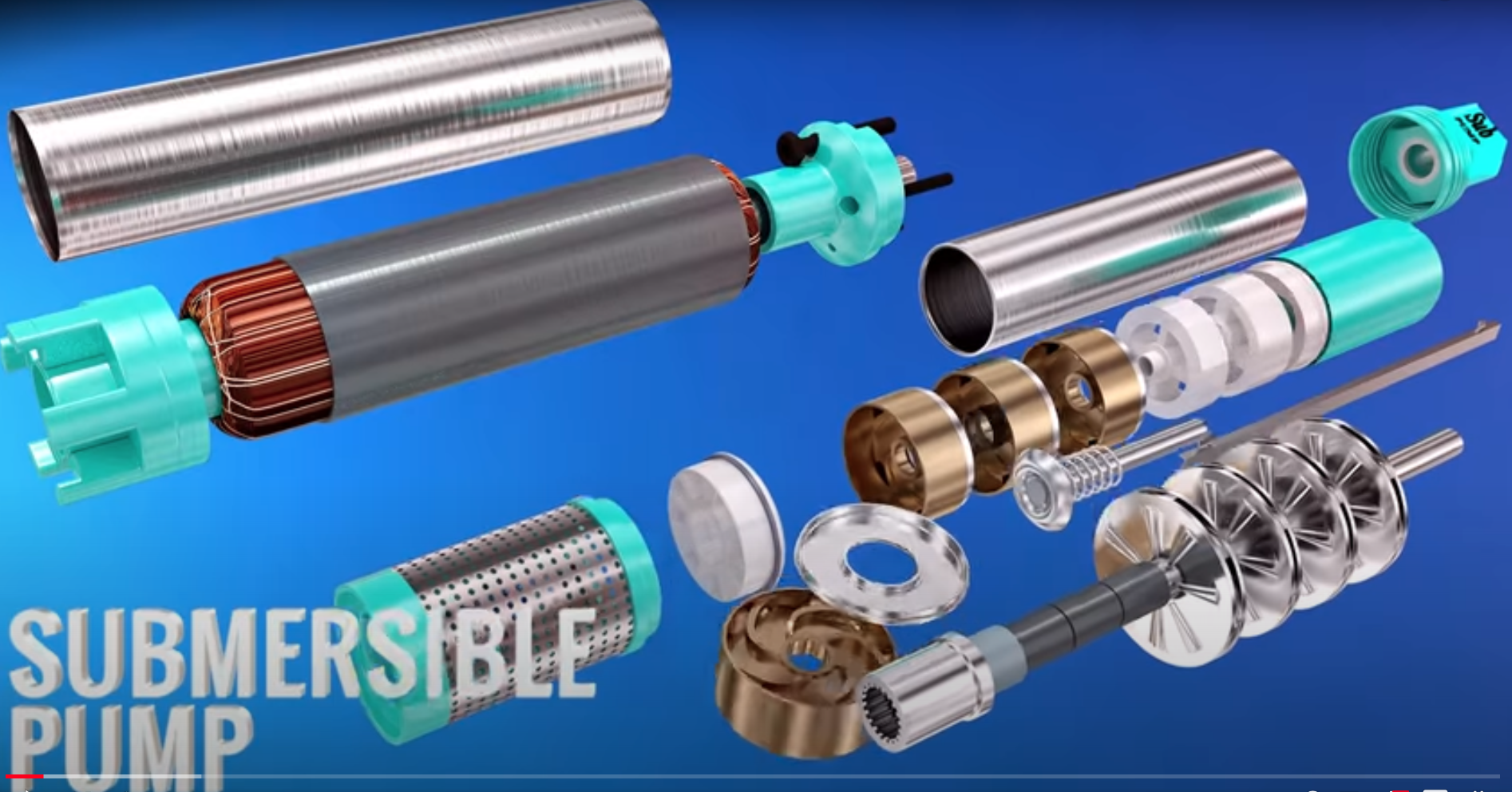Other related articles
Dive Support Vessel (DSV) DEG Reboiler (Diethylene glycol) Coiled Tubing BOP (Blowout Preventer)
Sand in my Valve!
Sand production is a common problem in the oil and gas industry and can have significant impacts on the performance and reliability of a surface controlled sub-surface safety valve (SCSSV). Sand production occurs when sand particles are produced along with the oil or gas and can cause damage to the valve and its components, leading to failure. In this essay, we will discuss the effects of sand production on a SCSSV and some ways to prevent failure. One of the main effects of sand production on a SCSSV is erosion. Sand particles can cause abrasion to the valve body and its components, leading to corrosion and eventual failure. Sand particles can also accumulate in the valve body and cause obstructions, reducing its ability to function properly. This can lead to increased pressure and stress on the valve components, further increasing the likelihood of failure.
Another effect of sand production on a SCSSV is clogging. Sand particles can accumulate in the valve body and restrict the flow of fluid, reducing its ability to function properly. This can lead to increased pressure and stress on the valve components, further increasing the likelihood of failure. Clogging can also make it difficult to remove the valve for maintenance or repair, leading to further operational issues (to hear about how debris in a wellborn can cause problems - check out what happened with a SCSSSV Isolation Sleeve www.ballycattertech.com/detail-view-blog/39/completions). To prevent the effects of sand production on a SCSSV, it is important to implement preventative measures to reduce the amount of sand that is produced. One such measure is to use a sand control technique, such as gravel packing or screen installation, to prevent sand from entering the production tubing. This can help to reduce the amount of sand that reaches the SCSSV, reducing the likelihood of erosion, clogging, and other issues.
Sand screens really workAnother measure to prevent the effects of sand production on a SCSSV is to install a sand screen in the well. Sand screens are designed to stop sand particles in the fluid before it reaches the valve, reducing the amount of sand that enters the valve body and its components. This can help to reduce erosion, clogging, and other issues, improving the reliability and performance of the SCSSV. In addition to these preventative measures, it is also important to regularly inspect and maintain the SCSSV to ensure its proper functioning. This may include pulling and cleaning the valve body, checking for signs of erosion, and replacing damaged components as necessary. Regular intervention maintenance can help to reduce the likelihood of failure and prolong the lifespan of the SCSSV.
Perform well interventions before you have a problemKeep the moving parts clean...
In conclusion, sand production can have significant impacts on the performance and reliability of a SCSSV. The effects of sand production can include erosion, clogging, and other issues that can lead to valve failure. To prevent the effects of sand production on a SCSSV, it is important to implement preventative measures such as sand screens, gravel packs, and regular well intervention maintenance. By taking these steps, it is possible to reduce the likelihood of failure and ensure the safe and reliable operation of a SCSSV.





